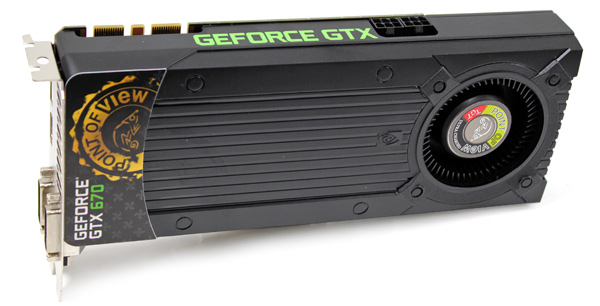Index
The GTX 660 Ti Ultra Charged is based on Nvidia’s design. TGT chose Low Leakage chips that can handle high clocks and TGT opted for reference cooling. We’ve heard that the Beast version, which is traditionally faster, will get a special cooler.
The cooler is dual slot and its fan pushes air through the card, towards the I/O panel and the air exhausts.
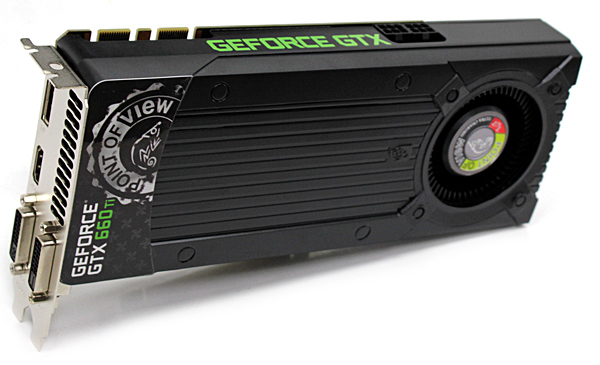
The cooler has no other exhausts other than those on the I/O panel.
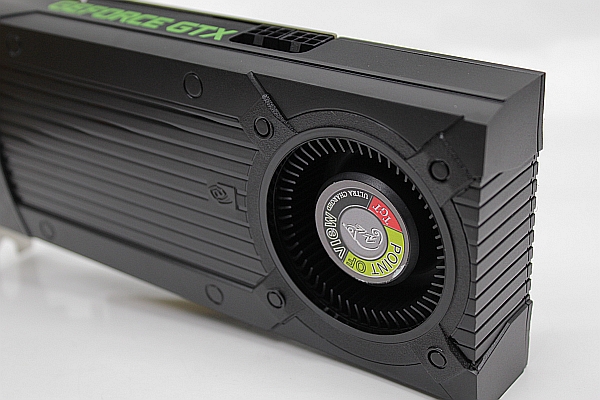
Although we’re talking about a GTX 660 series card, the GTX 660 Ti’s GPU had to be cooled well. The PCB is a bit on the short side so the fan was enclosed in an extended plastic part. The PCB actually ends where the two 6-pin power connectors are placed, so the part below the fan is just plastics.
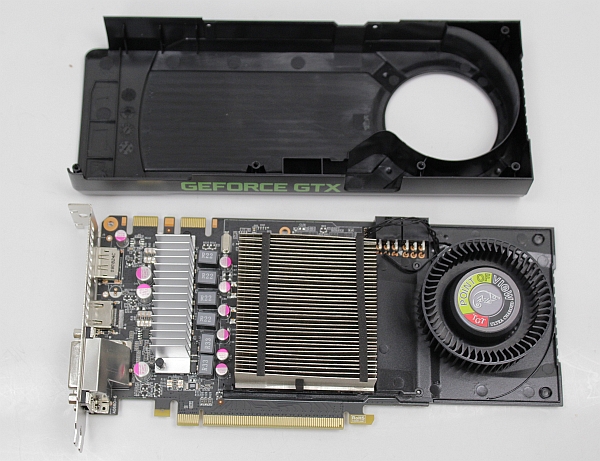

The GPU is cooled by a large heatsink that compensates the lack of heatpipes with the size of the base. The smaller aluminum heatsink on the left cools the power components.
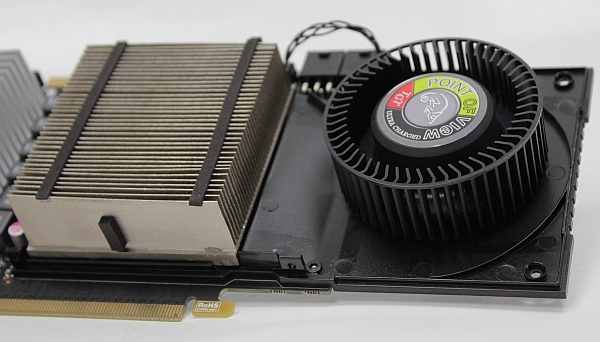
Taking the card apart wasn’t difficult. Cleaning the fan and the heatsink will require taking of the plastic shroud, picture above. Note that this does not void the warranty.

The heatsink does not touch the memory chips. The card uses Hynix memory chips which are commonly used by Nvidia and AMD.
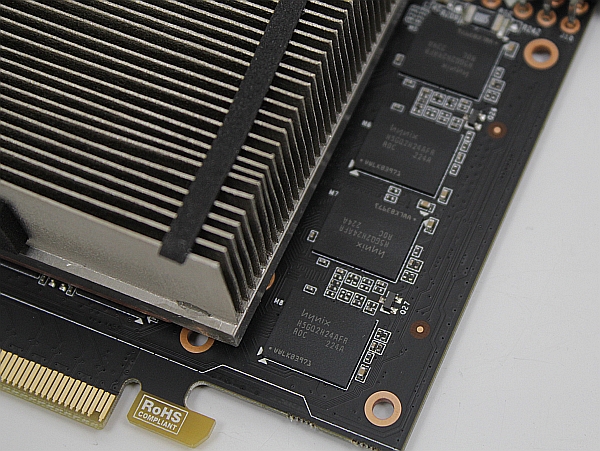
GTX 660 Ti Ultra Charged comes with 2GB of GDDR5 memory. Two memory chips are on the back of the PCB while six are on the front side. You should know that the GTX 660 Ti cards are also available in 3GB flavor.
The card has two SLI connectors, so quad SLI is an option.

The I/O panel holds the usual, reference set of connectors, two dual-link DVIs, HDMI and DisplayPort connectors. The card can run up to four displays simultaneously.
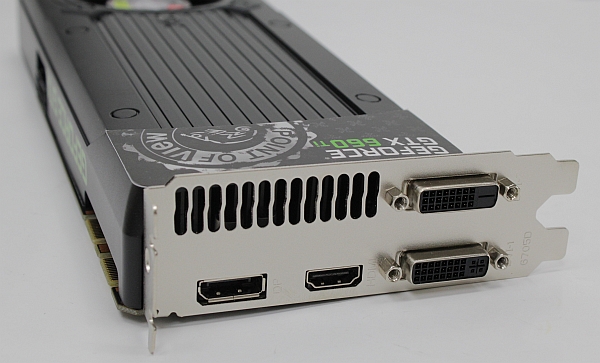
There are virtually no visible differences between the GTX 660 Ti and GTX 670 – they’re almost identical. Below is a picture of the GTX 670 Ultra Charged.
